
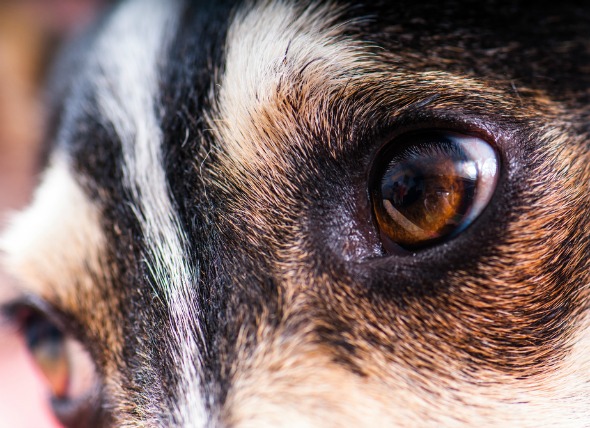
The pupil is the circular opening in the center of the eye that allows light to pass through. The pupil expands when there is little light present, and contracts when there is a greater amount of light present. Anisocoria refers to an unequal pupil size. This condition causes one of the dog's pupils to be smaller than the other. With the proper detection of the disease's underlying cause, treatment plans are available that should resolve the issue.
The condition or disease described in this medical article can affect both dogs and cats. If you would like to learn more about how this disease affects cats, please visit this page in the PetMD health library.
The most noticeable symptom is when your dog has one pupil that is visibly smaller than the other.
There are several potential causes of an altered pupil size in dogs, including inflammation in the frontal region of the eye, increased pressure in the eye, diseases that are focused in the iris tissue itself, a poorly developed iris, scar tissue build up in the eye, medications, and cancer.
When veterinarians are evaluating the dog's pupils, the primary goal is to distinguish between neurological and eye-related causes. Ultrasound can be used to detect lesions in the eyes, while computed tomography (CT) and magnetic resonance imaging (MRI) can be used to identify any lesions in the brain that may be causing the condition.
Treatment will be fully dependent upon the underlying cause of the issue.
If medication is prescribed, the pet owner will need to ensure that all of the medication is given fully and as directed.
Due to the nature of the condition, there is no known cure or a way of preventing the disorder.
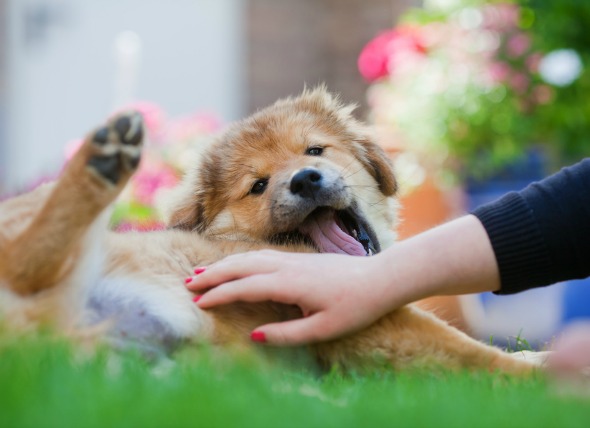 Fluid in Abdomen in Dogs
Ascites in Dogs
Ascites, also known as abdominal
Fluid in Abdomen in Dogs
Ascites in Dogs
Ascites, also known as abdominal
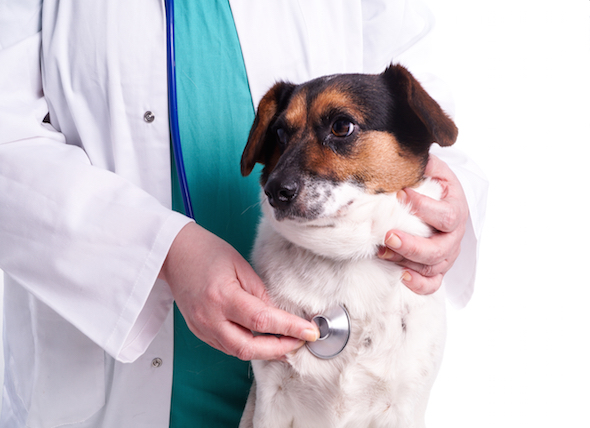 Lymph Node Inflammation (Lymphadenopathy) in Dogs
Lymphadenopathy in Dogs
Lymph nodes (or glands),
Lymph Node Inflammation (Lymphadenopathy) in Dogs
Lymphadenopathy in Dogs
Lymph nodes (or glands),
 The Utmost Effective Ten Most Well-known Pup Breeds Throughout England
But are you aware that the dogs loyalty to his master can
The Utmost Effective Ten Most Well-known Pup Breeds Throughout England
But are you aware that the dogs loyalty to his master can
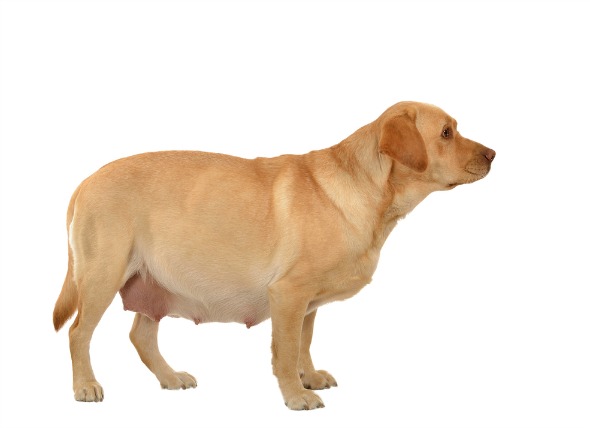 Birth Difficulties in Dogs
Dystocia in Dogs
Dystocia is the medical term use
Birth Difficulties in Dogs
Dystocia in Dogs
Dystocia is the medical term use
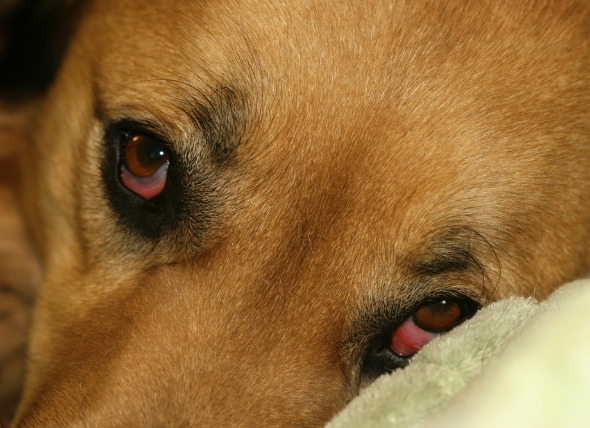 Droopy Eye in Dogs
Horner’s Syndrome in Dogs
Horner’s sy
Droopy Eye in Dogs
Horner’s Syndrome in Dogs
Horner’s sy
Copyright © 2005-2016 Pet Information All Rights Reserved
Contact us: www162date@outlook.com